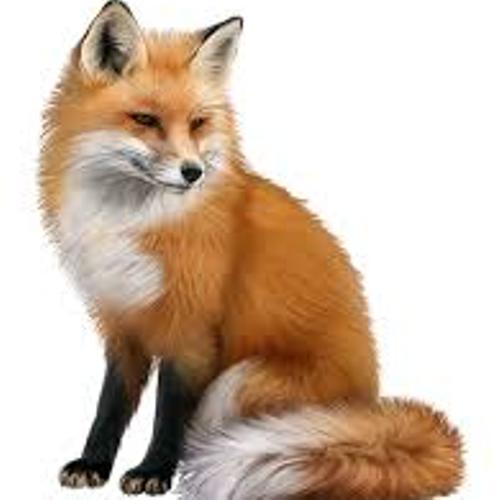History of... Red fox
Name:
Red Fox
Scientific Name:
Vulpes
Family:
Canidae
Conservation Status:
Least Concern
Habitation:
Edges of forests, fields and near marshes Global Location: throughout the UK and Europe east through Russia, Kazakstan, Iraq, Iran, Pakistan into northern India, China and Thailand to Japan.
Discovery:
4th Century BC
The word fox is derived from the gremanic word fuhsaz, which means the tailed one.
They are considered one of the most widespread carnivores in the world. The species is recognized for its distinctive red fur, black-tipped ears, and white-tipped tail. The history of the red fox stretches back to the Pleistocene era (commonly known as the ice age), with the oldest fossils belonging to the species dating back around 3.6 million years ago.
The red fox has adapted to a range of habitats, including forests, grasslands, tundras, deserts, and urban areas. The first red foxes likely entered North America during the last Ice Age, around 50,000 years ago, by crossing the Bering land bridge between Siberia and Alaska.
Throughout history the red fox has had a significant place in various cultures and mythologies.
In Native American culture, the fox is believed to be a symbol of intelligence and cunningness.
I Egyptian mythology the red fox was also associated with the god of the afterlife, Anubis.
In ancient Greece, the fox was regarded as a tricky animal that often outwitted hunters.
In Europe, the red fox was introduced to Great Britain by the Normans during the 11th century. Over time, the species spread throughout the English countryside and became an important part of the ecosystem, controlling pests and small rodents.
However, by the 19th century, the animal was hunted as a pest and for its fur, leading to population decline. Today, the red fox is protected in the UK and most of Western Europe.
Males are called tods or dogs, females are called vixens, and young cubs are known as kits.
Adult foxes are 35–50 cm (14–20 in) high at the shoulder and 45–90 cm (18–35 in) long, with their tail measuring 30–55.5 cm (11.8–21.9 in). They weigh 2.2–14 kg (5–31 lb), with vixens typically weighing 15–20% less than males. They trot at 6–13 km/h (4–8 mph), and run at 50 km/h (30 mph).
Red foxes reproduce once a year in spring. Gestation lasts 49–58 days. The average litter size is four to six kits, though there have been litters up to 13. Large litters are typical in areas where fox mortality is high. Mothers remain with the kits for 2–3 weeks, as they are unable to thermoregulate.
Kits begin to leave their dens and experiment with solid food brought by their parents at the age of 3–4 weeks. They reach adult proportions at the age of 6–7 months. Vixens may reach maturity at 9–10 months
The adaptable nature of the red fox has enabled it to live alongside humans, scavenging for food and making homes in human-created spaces like parks, gardens, and abandoned buildings. 




